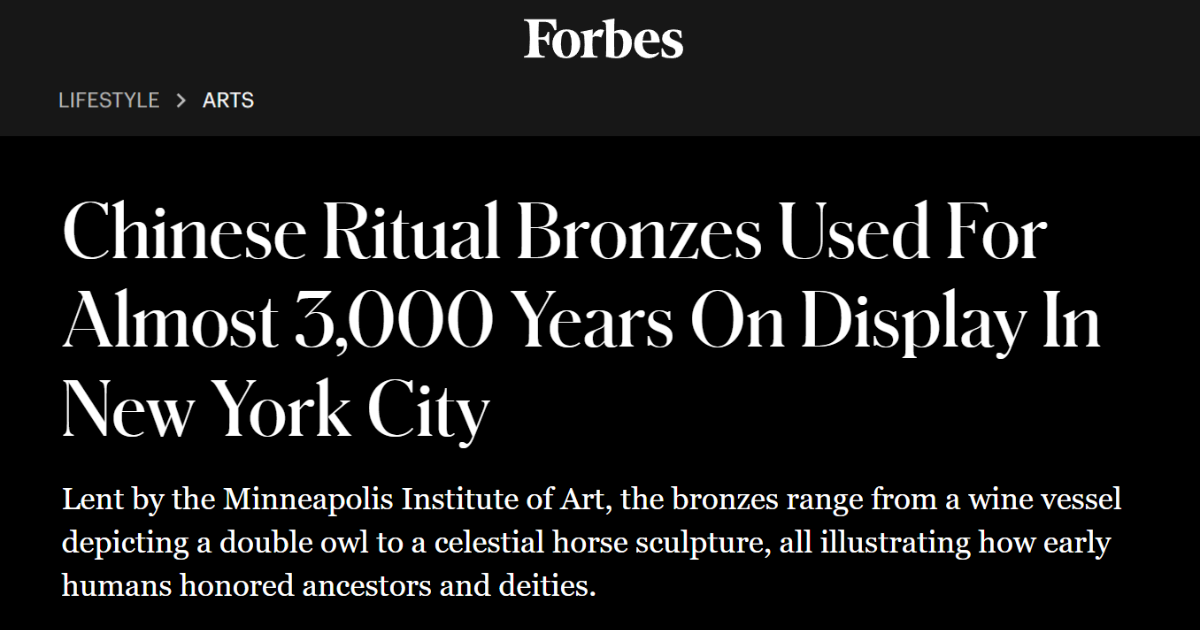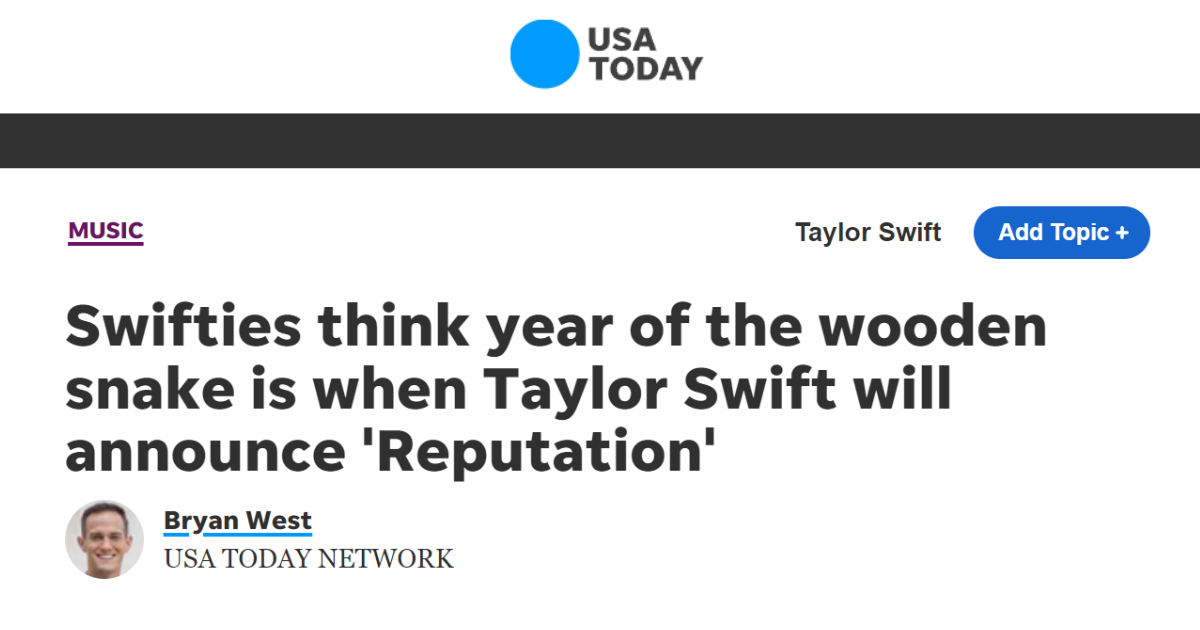For more than half a century, China Institute resided in a four-story building on the Upper East Side — 65th Street between Lexington and Park Avenues. From within that Upper East Side perch, politicians, scholars and laypersons could study and discuss World War II, the collapse of the Cold War and the establishment of Sino-US diplomatic relations.
Decades on, the institute has out-grown its 9,000-square-foot home. Last month, the institute, one of the nation’s oldest and most respected educational institutions devoted solely to Chinese culture, headed south. The new headquarters, four times the size of the former one, is at 100 Washington St. and forms part of a newly invigorated district.
“Lower Manhattan is an energetic and transformational neighborhood, and we want to be a part of it,” said James Heimowitz, the institute’s president. The rebirth of the neighborhood parallels to China Institute’s own evolvement. Heimowitz said the institute is undergoing a transformation from a gloried organization to a dynamic, modern one, with state-of-the-art facilities and expanded programs.
Founded in 1926 by a group of Chinese educators, the organization was initially dedicated to help Chinese students in America. As its mission grew, it became a window for Americans to understand China, through its various Chinese language and culture classes as well as exhibitions. It was a bridge between China and the U.S.
“My grandmother took the Chinese cooking lessons at China Institute in the 1950s,” Heimowitz said. “The mission of China Institute is old and timeless but it’s never been more important than it is now. China and the U.S. are the two most important countries on the planet, and we need to figure out a way to understand each other better.”
The institute has offered Chinese language classes from its inception; nowadays, those programs are still popular, and have some more diverse options. “We have kept our language class satellite on the Upper East Side, just across street to our old building,” said Shenzhan Liao, the institute’s director of education. Many of the institute’s longtime students are from the neighborhood, she said, and maintaining a connection with the longtime constituents is important. Besides, the downtown headquarters also offers language classes to, Liao said, meet “the growing needs and interests in Chinese language learning” as well as to give “more opportunities to different people.”
Not only does the institute showcase China, it can also facilitate trips to the country. Their summer immersion program has taken hundreds of local high school students to Beijing since 2005. About one-third of students have strong ties to the country. “They were either born here or at a very early stage came here from China,” said Liao. “Their parents want them to be reconnected with their roots in China.”
The education program, Heimowitz said, is of the institute’s three pillars, along with an arts, culture and gallery program and a business program.
“We believe business is the DNA of the Chinese culture, said Heimowitz, a former banker who lived in China for many years and is fluent in Mandarin.
In the wake of China’s increasing importance and its growing impact on the global financial market, the institute developed a series of conversations, executive summits and impact speeches, offering a gateway to understanding and dissecting China’s role in global affairs, not least in the economic sphere. Notably, in its global council program, a group of CEOs, half from China and half from America, have periodic get-togethers to discuss contemporary issues involving the two countries.
The institute’s new headquarters are being completed in phases. Classrooms, a 2,000-square-foot art gallery, a library and a seminar room are now open. The design followed traditional Chinese style: the carved wooden display shelves, a red seal logo on the façade, and a yet-to-be-built tea house.
The first major exhibition at the new site will open in fall 2016, featuring Chinese treasures from the third to sixth centuries, and feature the artistic innovations and achievements of the chaotic Six Dynasties.
“We hope our new home, now the largest space devoted to Chinese culture in Manhattan, will increase our opportunity to collaborate with other cultural institutions in the city and make the Institute an even more dynamic ‘gateway to China’ for a new generation of global citizens,” Heimowitz has said. “With the rising importance of China, and its relationship with the U.S. and the rest of the globe, our mission is more relevant, and necessary, than ever before.”
– See more at: http://www.ourtownny.com/local-news/20150901/china-institute-moves-expands/2#sthash.3kqtaiAE.dpuf



